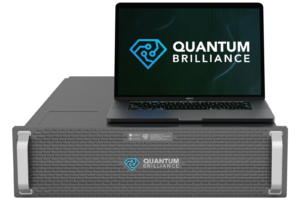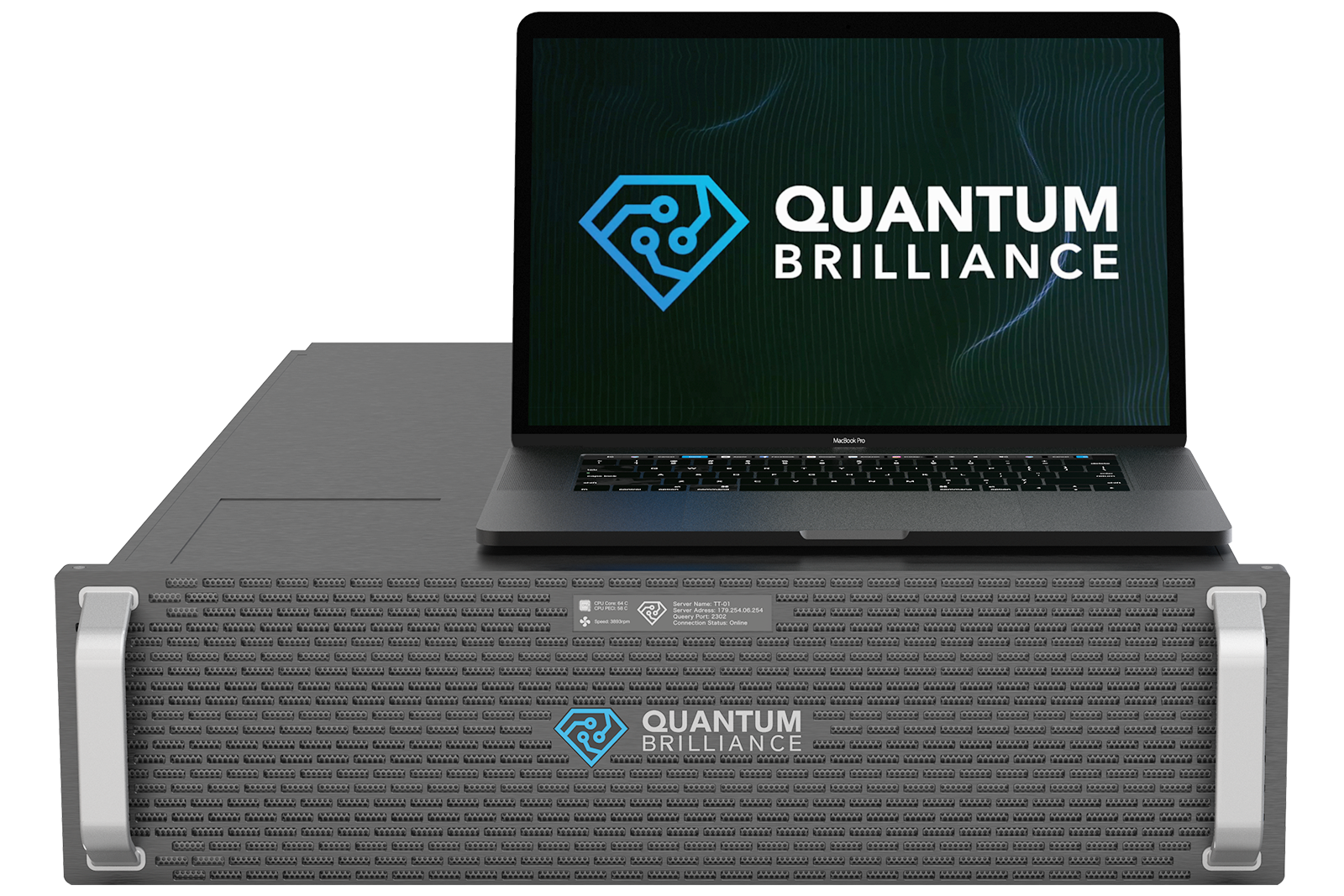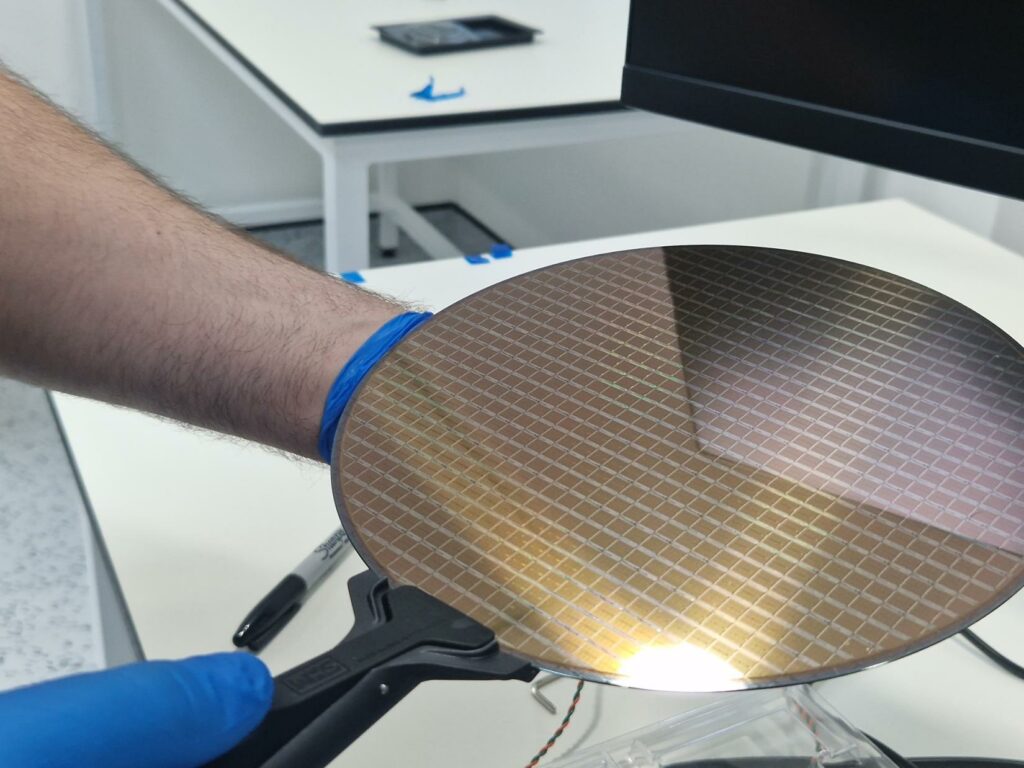
Quantum Supremacy.
Quantum Advantage.
Quantum Utility.
Aiming to make quantum computers useful as soon as possible is a better goal than both quantum advantage and quantum supremacy, according to two executives from a quantum computing startup. The ability for a quantum computer to vastly outperform classical super computers is referred to as quantum supremacy. A quantum device that can perform calculations better than supercomputers in a certain task is called quantum advantage.
In an opinion piece in TechCrunch, Marcus Doherty, Ph.D., co-founder and chief scientist and Mark Mattingley-Scott general manager, EMEA, both of Quantum Brilliance, write that the goal post should be shifted to quantum utility, which they say is quantum system outperforming classical processors of comparable size, weight and power in similar environments.

They write that quantum advantage lacks perspective.
“Should we really wait around for million-qubit quantum steampunk golden chandeliers to outperform supercomputers before we consider quantum computers meaningful? Or should we focus on measuring performance improvements in comparison to the units of hardware we use in today’s classical computers, e.g., individual CPUs (central processing units), GPUs (graphics processing units) and FPGAs (field programmable gate arrays)?” they write.
Quantum will be too big, too costly and too sensitive for mass adoption in the near future. The executives add that only be a few quantum mainframes located at supercomputing and cloud-computing facilities around the world.
The path to quantum utility would be similar to past technological advances.
Doherty and Mattingley-Scott write: “The quantum computing industry would be better off emulating the success of classical computers. When personal computers arrived in the late 1970s and early ’80s, IBM and others were able to market new models every year that offered incremental improvements over the previous models. This market dynamic is what drove Moore’s law.”
They add that the investment in quantum could dry up if companies do not make progress on their promises.
“Investors can’t be expected to keep handing out money waiting for quantum computers to outperform the few supercomputers,” the executives write. “An annual release of new, improved and ever more “useful” quantum computers will provide the revenue assurance that will drive the long-term investment required to achieve the technology’s full potential.”
Rather than large mainframe quantum computers or connections to cloud-based quantum devices, they advocate for Quantum Brilliance’s “quantum accelerator” approach of compact room-temperature devices to deliver quantum utility.
They explain: “Room-temperature diamond quantum computing works by leveraging an array of processor nodes each composed of a nitrogen-vacancy (NV) center, or defects in the ultra-pure diamond lattice, as well as a cluster of nuclear spins. The nuclear spins act as the qubits of the computer, while the NV centers act as quantum buses that mediate the operations between the qubits and their input/output.”
Ultimately, Doherty and Mattingley-Scott see a future where quantum main-frames, cloud access and accelerators work alongside each other for quantum utility. The devices will be used for different reasons and applications based on suitability. They believe this could create a quantum industry that’s collaborative, rather than competitive.
If so, quantum computing could produce a massive payoff in IT, business, the economy and society, they write.
“The downstream implications are almost unimaginable — there may not be an area where a room-temperature quantum system won’t make a fundamental change in how we solve problems,” The executives state. “There is a clear message to all the product designers, software developers, market forecasters and social observers here as well: The time to get your head around quantum computing is now. In the near term, useful quantum computers will massively disrupt supply chains, even entire value chains. Preparing for that impact implies understanding not only the technology, but also its economic impact. And of course, there are incredible investment opportunities in a technology moving this fast as well.”
If you found this article to be informative, you can explore more current quantum news here, exclusives, interviews, and podcasts.




















